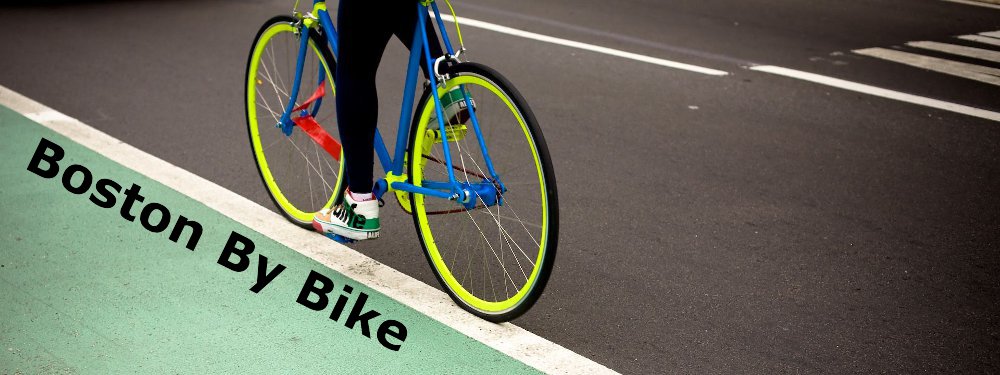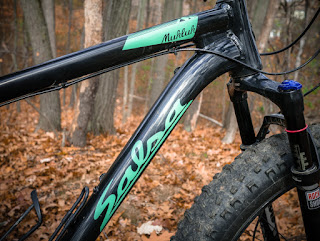Massive Turkey Slaughterfest, aka Thanksgiving, starts tomorrow, which also signifies beginning of the annual mad shopping season. First comes the Black Friday, then a mad rush to malls on all weekends until Christmas. From the transportation point of view this means one thing - more traffic than you can imagine.
To cope with this challenge cities introduce new measures, such as free parking offered by my town or the neighboring Boston. I'm sure this will help people glued to their car seats keeping their butts happy. But free parking spots are an invitation to drive more and drive everywhere. This simply means more traffic. Yet another reason to do all your holiday shopping by bicycle (if you can).
That's not surprising. Our cities were designed for cars (unfortunately) and great examples how bad this design was can be found everywhere. Recently, when I walked to a grocery store with my son and had to cross the main street in my town - Massachusetts Ave in Arlington, I started thinking how ugly and obsolete it is. Take a look:
Google Street View of Mass Ave close to the Arlington Center.
And an aerial view close to the intersection with Mill St.
One thing that you immediately notice is that our main street here is just ridiculously wide and it seems to have only one lane in each direction. That's a massive waste of space! No wonder such design stimulates driving and discourages any alternative means of transportation. In reality, these lanes aren't actually this wide because people of Arlington learned to create their own "virtual" lanes and as such, Mass Ave has in fact two "lanes" running in each direction. Nevertheless, it's still as wide as a runway you could likely land a small plane here.
To be honest, these Google images are not exactly up to date because no too long ago our main street got some painted bike lanes on both sides. Unfortunately, they were painted on the wrong side of parked cars and do not continue along the full length of Mass Ave. The section I present here still doesn't have any bike lanes, just sharrows, which seems unbelievable considering the available space.
I wanted to look at possible scenarios for Mass Ave in a hypothetical situation - what if we could update this important avenue to 2015 standards and make it multimodal? I used StreetMix to create a few sketches. Try the same with your street!

Current state of Mass Ave next to Mill St.
This is what we have right now. Narrow sidewalks, parking lanes on both sides and super wide traffic lanes. No bike lanes (just sharrows in some places) and no other transportation infrastructure. City buses must share road space with cars.
Option 1 - protected bike lanes and center turning lane.
First, I would like to turn Mass Ave into a residential street, not a super highway. The first option adds protected bike lanes on both sides of the street, leaves plenty of on-street parking spaces and adds a center turning lane to facilitate left turns. If you need dedicated right turn lanes at intersections you can remove parking spaces there. One traffic lane in each direction gets removed but that makes the street fit better in our commercial and residential neighborhood and much easier to cross for pedestrians.
Option 2a - dedicated bus lanes.
Just two years ago my wife used to take bus to her workplace in Cambridge every day but she quickly gave up and drove instead. The reason - buses were actually slower than cars. Not only they were stuck in the same traffic as the rest of vehicles but they had to stop frequently at their dedicated stops. Driving was faster, despite all the traffic.
Option 2b - when you need space for a bus stop just remove the parking spaces.
In order to change it, option 2 places dedicated bus lanes (for buses ONLY) on both sides of the street. Such lanes would make daily commute much, much faster for hundreds of people and could be a real incentive to leave the car at home. On Sundays, holidays, etc. these lanes could be shared between all vehicles.
Option 3a - what if we put the tracks back on Mass Ave?
Option 3b - again, when a tram stop is needed, parking gets removed.
I won't hide the fact that my favorite solution to Mass Ave problem would be the extension of our "T" - the streetcar, from Porter Square in Cambridge to Arlington Center. As you can tell in Option 3, it could be done. It would be likely the fastest way to Cambridge but at the same time, the most expensive and most unlikely one to be built.
Happy turkey dinner everyone!














